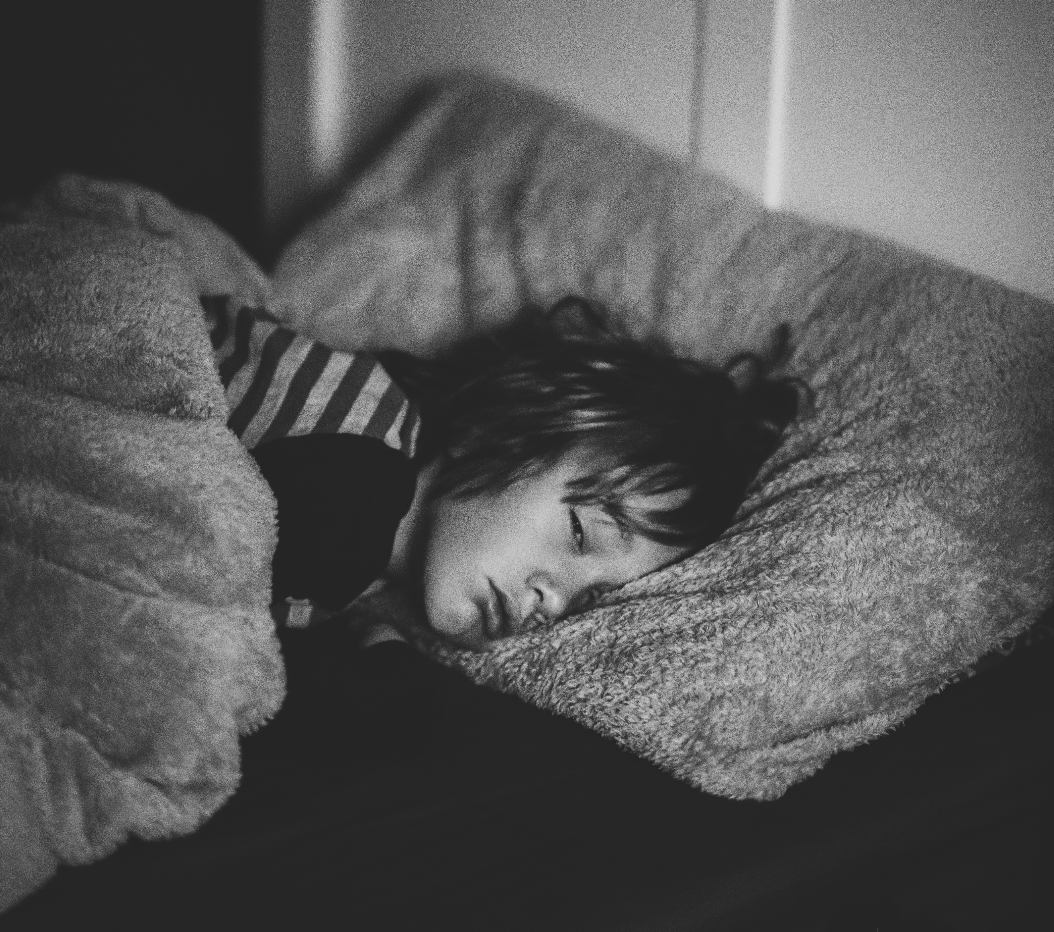 |
| Myopia in children may be based in genetic differences linking refractive error and circadian rhythm, thus seeing a pattern in poorer sleep among myopes. Photo: Annie Spratt on Unsplash. |
While getting proper shut-eye has long been acknowledged as an important aspect of kids’ health, the idea of it affecting ocular health is a more recent emergence. Since there is particular concern with childhood myopia and earlier age of onset, higher progression and vision complication risk have been at the forefront of researchers’ minds. One Australian group’s recent systematic review appearing in Sleep sought to elucidate the relationship between these two areas.
A broad literature search was conducted, including a total of 17 studies covering four major aspects of sleep: duration, quality, timing and efficiency, and how these may be associated with myopia in children.
Analysis of the studies resulted in mixed findings, with any causal relationship between poor sleep and myopia unable to be concluded from the current evidence. However, there are multiple implications that link poorer sleep with childhood myopia. An inadequate amount of hours slept was reported with greater myopia incidence in seven out of 15 studies, with greater incidence also with poor sleep quality in three out of four studies and a late bedtime in three out of six studies.
Sleep efficiency was not found to be associated with greater myopia, but a much shorter sleep latency has been reported in 10- to 15-year-old myopes in one longitudinal study, potentially reflecting a greater underlying physiological sleepiness in myopic kids. The same study also found more variability in sleep-wake patterns of myopes between weekdays and weekends compared with non-myopes. The study authors explained that this variability is regarded often as an indication of ‘social jetlag,’ in which there exists a discrepancy between social and biological time. As such, these specific findings highlight disturbances to childrens’ body clocks, circadian rhythm and myopia.
Despite there being much yet to be discovered, the authors wrote in their paper on the work that “myopia management should be a holistic approach and the inclusion of sleep hygiene in myopia education targeting children and parents ought to be encouraged.”
Evidence from other animals indicate some relationship between eyes and sleep health, as well. Animal laboratory studies have indicated that regular light-dark cycles are integral to continue normal ocular growth, as alterations to this cycle cause refraction shifts. Genetically, more than 300 loci for refractive error have been identified, within which genes also regulating circadian rhythm have been found.
The authors end with succinct thoughts about how this topic should be approached, offering some pearls for clinicians when considering younger patients. “The relationship between myopia and sleep has been explored in many studies but it is far from being concluded. While findings were sometimes conflicting, there is implication for an association of myopia with poor sleep.”
Liu XN, Naduvilath TJ, Sankaridurg PR. Myopia and sleep in children—a systematic review. Sleep. June 29, 2023. [Epub ahead of print]. |

